The definitive guide to understanding Colorado’s preference and weighted point systems for hunting tags.
If you apply for hunts across the West, then you’re likely at least somewhat familiar with a few of the common systems used to conduct tag drawings. Methods include completely random drawings, bonus points (sometimes squared), and pure preference points systems. In this article we will look at Colorado’s preference point system for deer, elk, and antelope, as well as the state’s weighted point system for sheep, moose, and goat.
We delved into Colorado’s draw process in our state-focused blog here, where you can find more information on how to apply for tags in the state.
Colorado issues two sets of regulations – one for big game (antelope, bear, deer, moose, and elk) and a separate one for sheep and goat. You can find copies of both online here, and request hard copies to be mailed if you prefer.
Here’s a primer on Colorado’s points system, from Colorado Outdoors, the publication of Colorado Parks & Wildlife:
- A Colorado Habitat Stamp is required in order to buy or apply for a license. The Habitat Stamp may be purchased online, by phone or at any Colorado Parks and Wildlife office or license agent.
- Preference points in Colorado can only be obtained and used through the primary draw.
- These preference points are awarded by species, instead of hunt code. A point can be used in application for any draw license available for that species.
- Hunt codes are an eight-character code used to designate species, sex, GMU, season and method of harvest. For example, a hunt code of E-E-050-O1-R would be for elk, either sex, GMU 50, first season, rifle.
- A preference point is awarded for unsuccessful applications for a first-choice hunt code or for hunters using a preference point hunt code as their first choice.
- Use a preference point hunt code as your first choice option in your application if your goal is to only accumulate points for use toward a future quality hunt. Examples of preference point hunt codes are E-P-999-99-P (for elk) or D-P-999-99P (for deer).
- For bear, elk, deer, and pronghorn, you’ll accumulate preference points until you are successful in drawing a first-choice license. If you draw your first choice, your preference points drop down to zero, regardless of the minimum number of points it takes to draw in a specific unit. In other words, if it takes two points to draw a first-choice tag, and a hunter has accumulated four points, then all four preference points will be used if the first choice is drawn.
- If you do not apply or hold a license for a species at least once within 10 consecutive years for a bear, elk, deer, pronghorn, moose, mountain goat, or bighorn sheep, your preference points for that species will be lost. Applying for a preference point for the species keeps your file active.
- For bighorn sheep, moose, and mountain goat, an applicant can accumulate a maximum of three preference points. Future applications are pooled with other three-point applicants. If you are unsuccessful in the pooled drawing, a “mathematically weighted” point is awarded to increase the probability of drawing a future license. These are called weighted preference points.
- In previous years, nonresident allocations were determined by the average number of preference points an adult Colorado resident needed to draw a specific license on average during a three-year period that ended with the 2009 drawing. Now, nonresident allocations are determined by the average number of preference points an adult Colorado resident needed to draw a specific license on average during the previous three limited license draws, with a one-year lag.
Read more from Colorado Parks & Wildlife about their draw process here.
Colorado Preference Point System for Elk, Deer, Pronghorn, and Bear
For elk, deer, pronghorn, and bear, Colorado uses a true preference point system, where permits are allocated to applicants with the most preference points within the non-resident quota. In short, tags go to the highest point holders. This means that if you plan to hunt a limited-entry unit for deer, elk, pronghorn, or bear in the state of Colorado, now is the time to begin applying in the draw and building your points.
There are some over-the-counter unlimited tags available until you’re “in the game” with points, but it’s best to start building your points stash as early as possible.
Colorado’s Weighted Point System for Moose, Sheep, and Goat
Moose, sheep, and goat tags are drawn using a weighted points system in the state of Colorado. The weighted point system is a target for periodic debate among some in the hunting community. That’s not entirely surprising, given the large number of unsuccessful applicants who have invested many years and many dollars in pursuit of Colorado tags. Often it’s the weighted point system itself that draws the ire of high point holders. So how does this system, with its “divide by” method, compare to other point systems in terms of draw odds? We set out to explore the numbers.
Huntin’ Fool explains this system well here; here’s a brief overview: For moose, sheep, and goat in Colorado, you’re awarded a preference point for the first three years you apply. The maximum preference points you can build is three. You must apply and build three preference points before you are actually entered into the draw; after you have three points, you are entered into the drawing and permits are randomly allocated. A weighted point will be awarded for each year you apply and are unsuccessful in the drawing after that if you opt in and pay the point fee ($50 for residents and $100 for non-residents). Weighted points increase your probability of being drawn. It’s calculated by converting your application number into a different, random application number, then dividing that new application number by the amount of weighted points you have plus one. This generates another new application number. Applications are sorted by this new number from lowest to highest, and low numbers for each hunt code are awarded licenses.
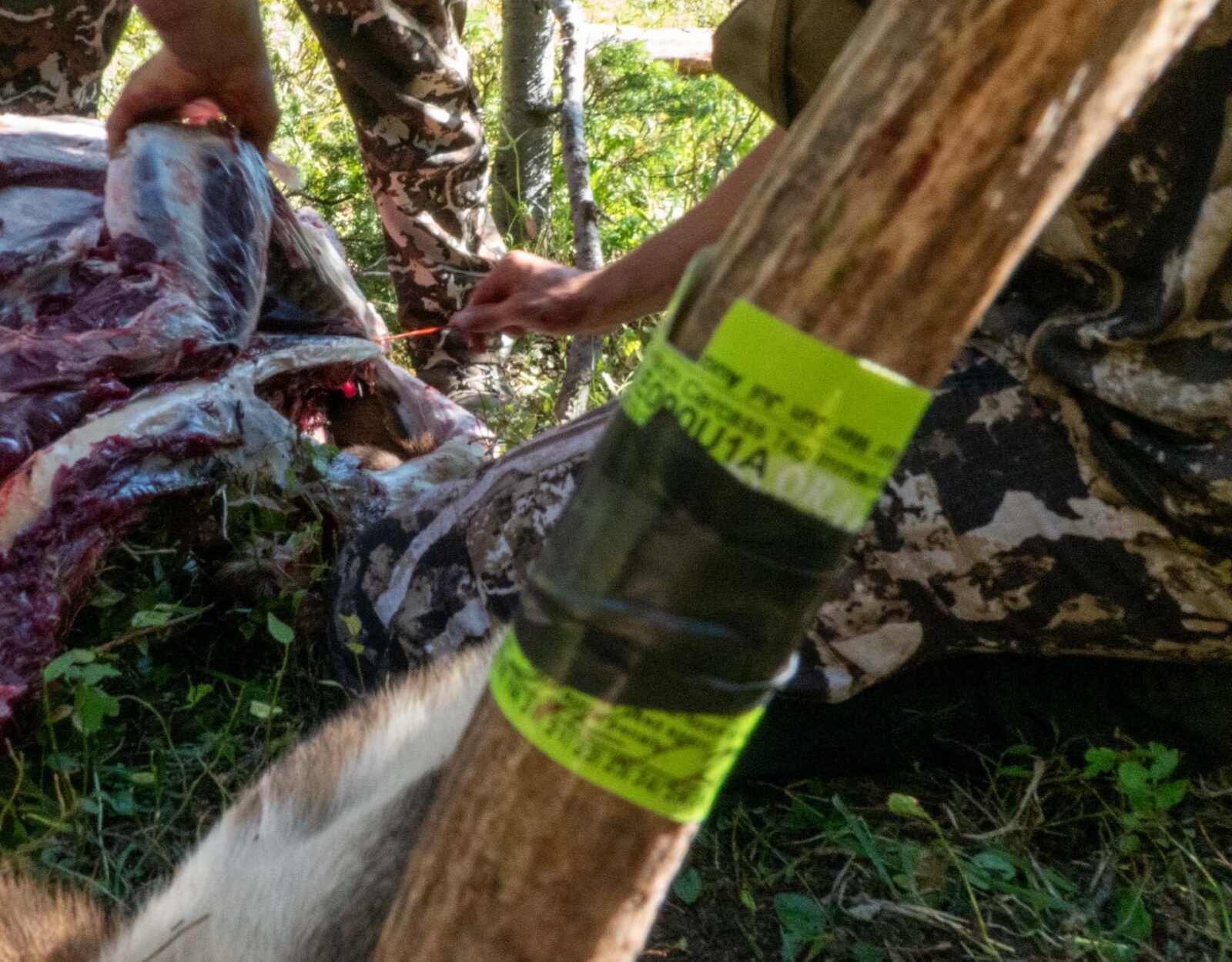
It’s worth noting there isn’t a point system for Desert bighorn sheep; this draw is a random draw and everyone that applies has the same odds.
If you draw your first choice or fail to apply for any big game species for 10 years, your points will be purged for that species.
Bonus point systems are designed to give applicants with more points increased draw odds by giving multiple chances to obtain a low random number. In contrast, Colorado’s weighted point system achieves the same by assigning each application a single random number, but then that number is made smaller via mathematical division. If you are unfamiliar with the details of how weighted points work, here is an explanation from Colorado Wildlife & Parks.
Weighted Points
onX Hunt Research Tools (free if you’re an onX Elite member) calculate full drawing simulations using the actual applicant’s point totals to more accurately determine draw odds. In practice, we repeat each drawing many thousands of times in order to get good statistical results. Our weighted point draw simulation confirmed that with each additional point, your overall draw odds increase rather linearly.
In other words, an applicant for the same tag with nine weighted points will have ten times better draw odds than an eligible applicant with zero weighted points.
Does that sound suspiciously similar to how traditional bonus point draw odds might work?
One of the advantages in doing full draw simulations is that once you have everything in place it’s extremely simple to change the point system used and run a series of “what-ifs.”
The Colorado weighted point draw utilizes a unique process to assign an initial random number to your application. For the purposes of our tests, we assume that random number generation is “fair,” regardless of the specific method used to generate the randoms.
Weighted Points vs. Bonus Points
The first drawing simulation we conducted replaced weighted points with a traditional bonus point system, where each point gives you another chance to draw a low random number. So if an applicant had five weighted points in the actual drawing, that would translate to five bonus points (plus one additional point for a current application). We then plotted a comparison of the actual draw odds from the weighted point draw, to the raw simulated odds per point level if bonus points were used instead.
For purposes of determining current draw odds for a ram, bull moose or billy tag in Colorado, the weighted point system and the bonus point system are indistinguishable from one another.
It should be noted that at higher draw odds levels (and total tags >1), the weighted and bonus point systems begin to differ a bit. When this occurs, the weighted point system is actually slightly more favorable to the high point holders than traditional bonus points.
Weighted Points vs. Squared Bonus
The next draw simulation we ran was done with a squared bonus point system such as that in Nevada. So if an applicant had five weighted points in the actual drawing, that would translate into 25 (plus one) chances to get a low random number in the drawing. We calculated what the draw odds would have been in a squared bonus point system.
As expected, in a squared bonus point system the very highest point holders receive the most benefit, and the lowest point holders get the least reward. At 17 points the difference in relative draw odds increases somewhere in the 50 to 75 percent range. As the number of points decreases this relative difference gets smaller and smaller until eventually the weighted point and squared bonus point systems have about the same odds. In practice this currently happens somewhere around the 10 to 11 point mark.
Below 10 to 11 points, the squared point system would produce reduced draw odds in comparison to the current weighted method. Relatively this difference can be very significant from about zero to five points. But in actual draw odds both systems result in very poor chances that any specific individual will be successful at the lower point levels.
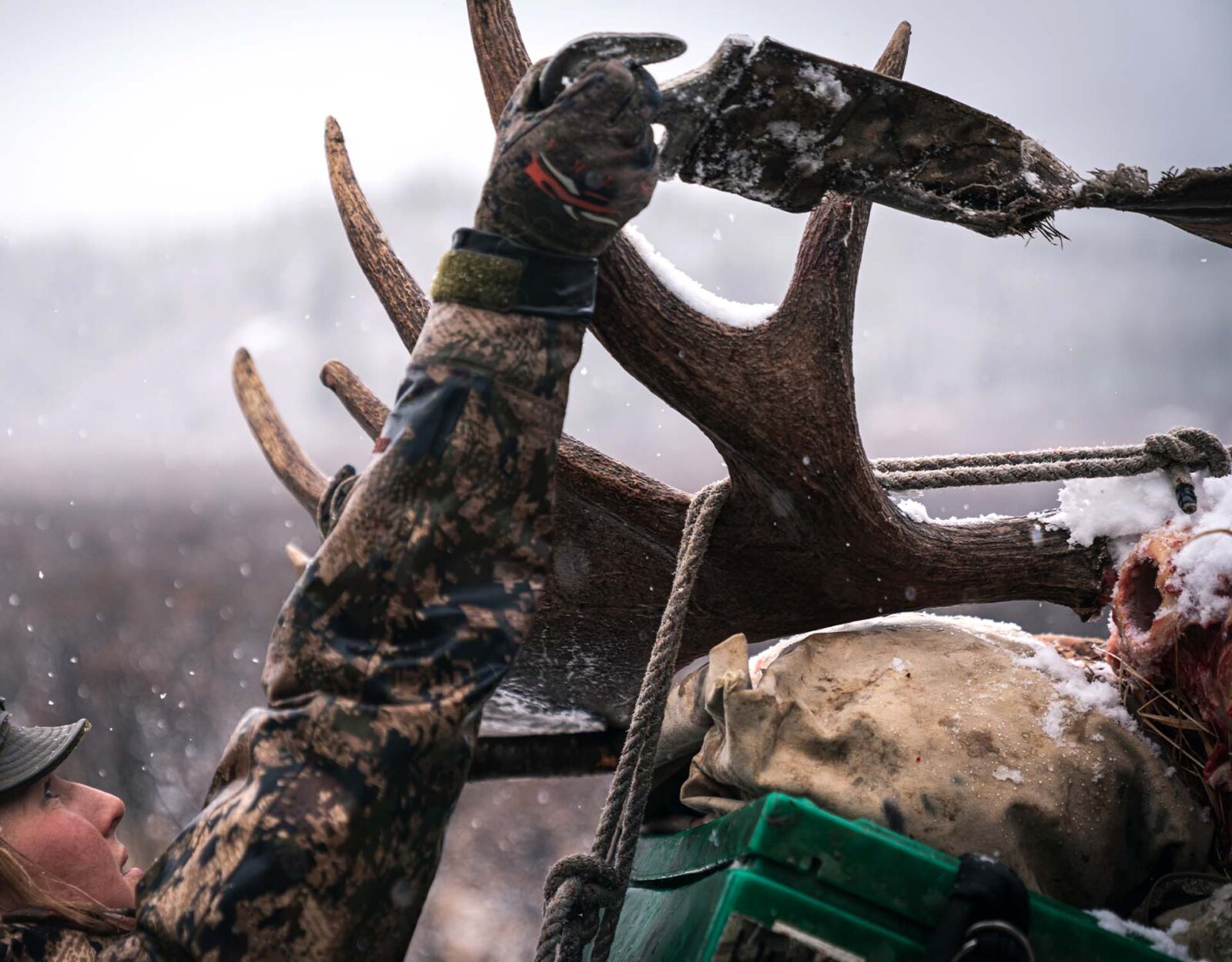
Weighted Points vs. Random
Because there are no group applications and in effect only one hunt choice matters, the draw odds in a pure random system (no points) are generally straightforward to determine. In all of our comparison cases, the simple random odds for every applicant turn out to be equivalent to about the weighted point odds at four or five points in the current system.
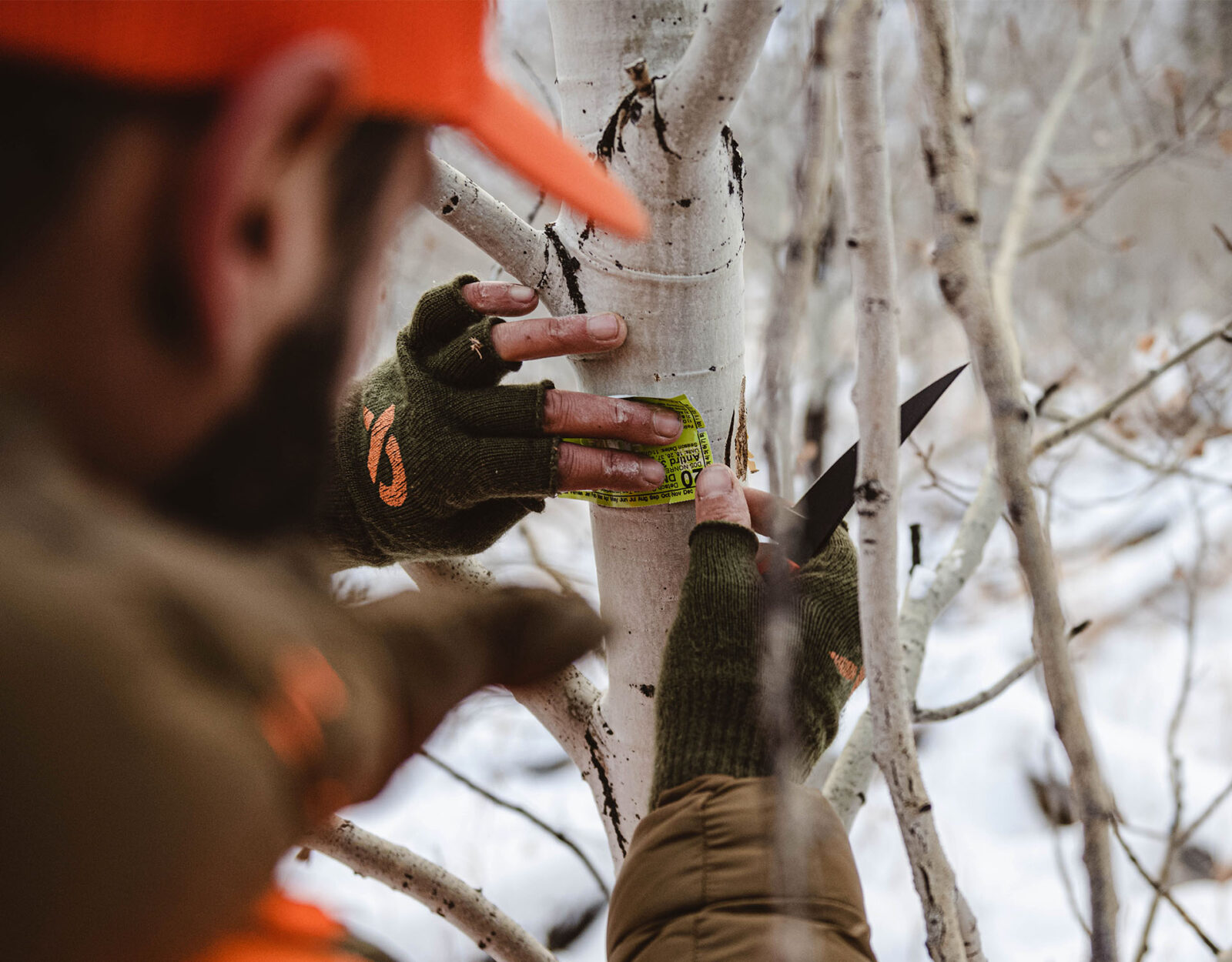
So What Does All This Mean?
Although it is an interesting exercise to explore the other point systems with some real application data, the reality is that demand for these tags far outweighs the supply. And unfortunately there is no magic fix for that.
Even if you hope to draw for Colorado elk, deer, pronghorn, or bear, the smart strategy is to start building your preference points early. With the preference point system, you’ll be at zero percent odds of a draw until you reach point thresholds. As noted earlier in this article, there are some over-the-counter unlimited tags available until you’re “in the game” with points, but it’s best to start building your points stash as early as possible.
But be aware that even small, marginal gains in annual draw odds percentage can add up if your strategy is long term. Some basic spreadsheet math says that all things being equal, your chances of drawing a tag with constant 2.4% annual odds over the next 20 years is about 38.5%. But if you were to gain 0.3% odds each year along the way, 20 year chances rise to about 66%. A lot can (and probably will) change in 20 years of course.
And if you truly want to hunt Colorado moose, sheep, or goat in your lifetime, you would be well served to avoid applying for those “top tier” hunts that have the most demand and the worst odds. Spreadsheet math on those hunts gets seriously depressing in a hurry.
Regardless of your time frame or strategy, there is one truth that is undeniable. Sit back, relax, and get comfortable—odds are you’re in for a long ride. Good luck in the draws!
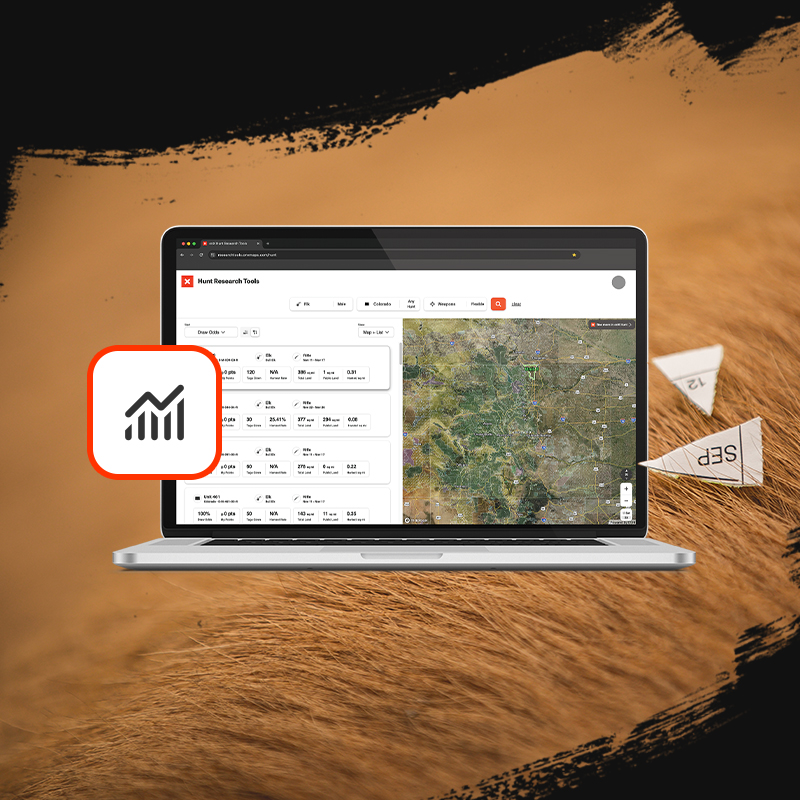
Your One-Stop Application Season Stop
To maximize your time spent researching and applying—and to help you build your strategy to successfully draw in 2024 and beyond—we’re providing onX Hunt Elite Members with FREE services in one comprehensive package:
- Hunt Research Tools: In-Depth Draw Odds and Application Tools
- Huntin’ Fool: Boots-on-the-Ground Research and Insight
- HuntReminder: Worry-Free Text and Email Reminder Service
- onX Hunt: Map Your Hunt With Research Layers
